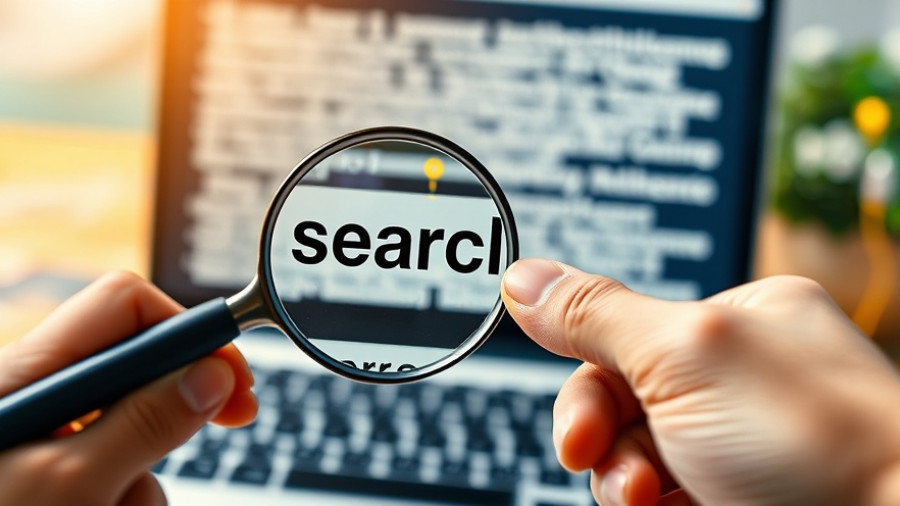
Revolutionizing Business Interactions: The Impact of ChatGPT Agent
The introduction of the OpenAI ChatGPT agent marks a major shift in how businesses engage with customers online. Designed to optimize user interactions, this new AI tool has the potential to transform the landscape of SEO and digital marketing. As users become accustomed to a more interactive and personalized experience, companies will need to rethink their strategies to meet these evolving expectations.
What is the ChatGPT Agent?
The ChatGPT agent is built on three core components: OpenAI’s Operator, Deep Research, and the natural language capabilities of ChatGPT. These elements work together to create a seamless, autonomous experience for users, enabling them to interact with websites in ways that were previously unimaginable. Operator allows the agent to browse the web autonomously, while Deep Research takes multi-step tasks to a new level by synthesizing information from various sources.
Streamlining Tasks with AI
With the capabilities of the ChatGPT agent, businesses can expect significant improvements in automation. Tasks that typically require manual effort, such as scheduling meetings or generating reports, can now be completed entirely by AI. For example, users can instruct ChatGPT to summarize emails or even analyze competitor strategies, allowing them to focus on strategic decision-making rather than mundane tasks.
The Future of SEO: Adjusting Strategies
The emergence of the ChatGPT agent necessitates a paradigm shift in SEO strategies. Content creators and marketers will need to prioritize conversational content and focused keywords that resonate with the AI's natural language processing abilities. As AI continues to dominate user interactions, those who adapt to these changes—by integrating optimized content and engaging narratives—will stand to gain a competitive edge.
Anticipated Changes in Consumer Behavior
Consumer expectations are evolving alongside technological advancements. With AI taking on more interactive roles, customers will expect personalized experiences that align with their preferences. Companies that harness the power of tools like ChatGPT can anticipate these needs, offering relevant and timely information that enhances customer satisfaction.
How Businesses Can Leverage ChatGPT Today
To capitalize on the shifting tides of digital marketing, businesses should start by integrating ChatGPT into their existing frameworks. Utilizing its connectors, companies can streamline workflows and enhance information retrieval, making interactions more efficient. It's essential for businesses to stay informed about these innovations and explore practical applications that fit their dynamics while also considering how they can educate their teams on these new tools.
Conclusion: Staying Ahead in a Tech-Driven World
The launch of OpenAI's ChatGPT agent represents a pivotal moment in the future of technology and SEO. As this tool reshapes interaction paradigms, businesses must adapt promptly to sustain relevance in increasingly competitive markets. Embracing these advancements will not only enhance operational efficiency but also elevate customer experiences.
 Add Row
Add Row  Add
Add 




Write A Comment